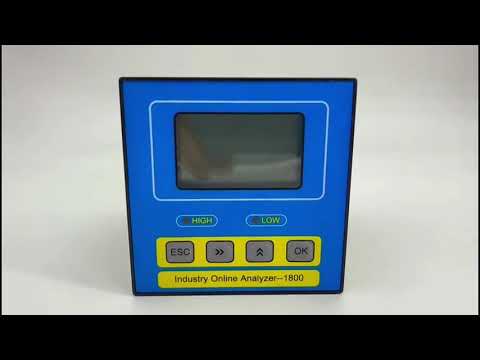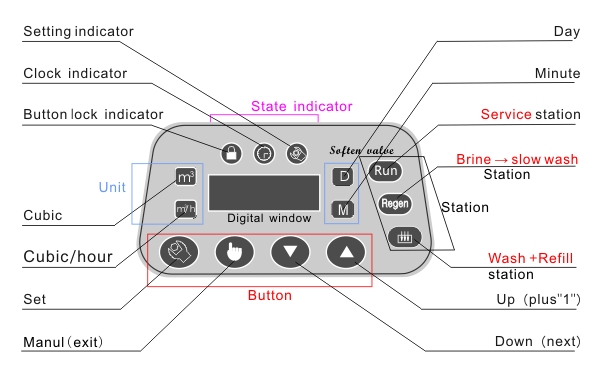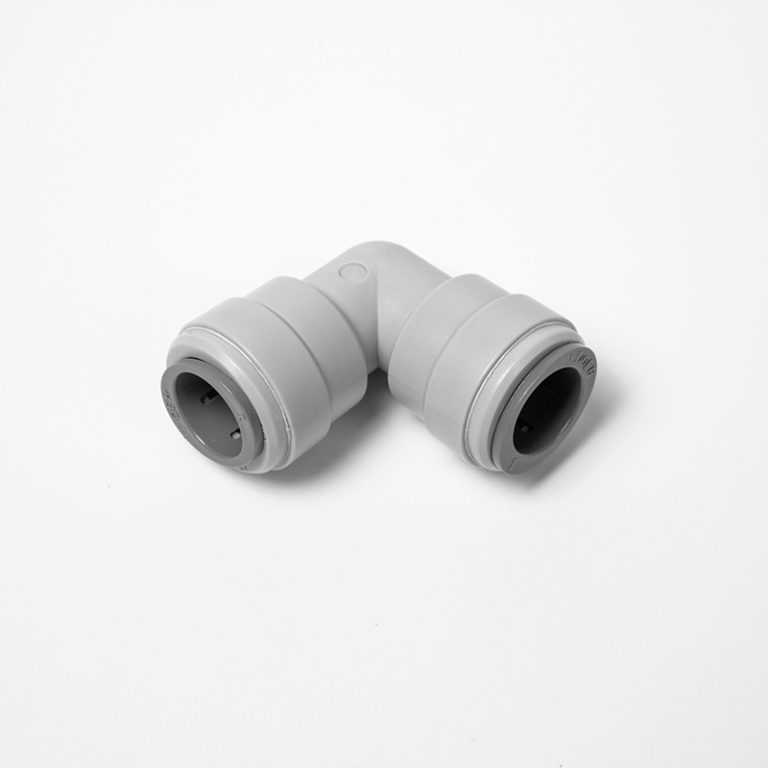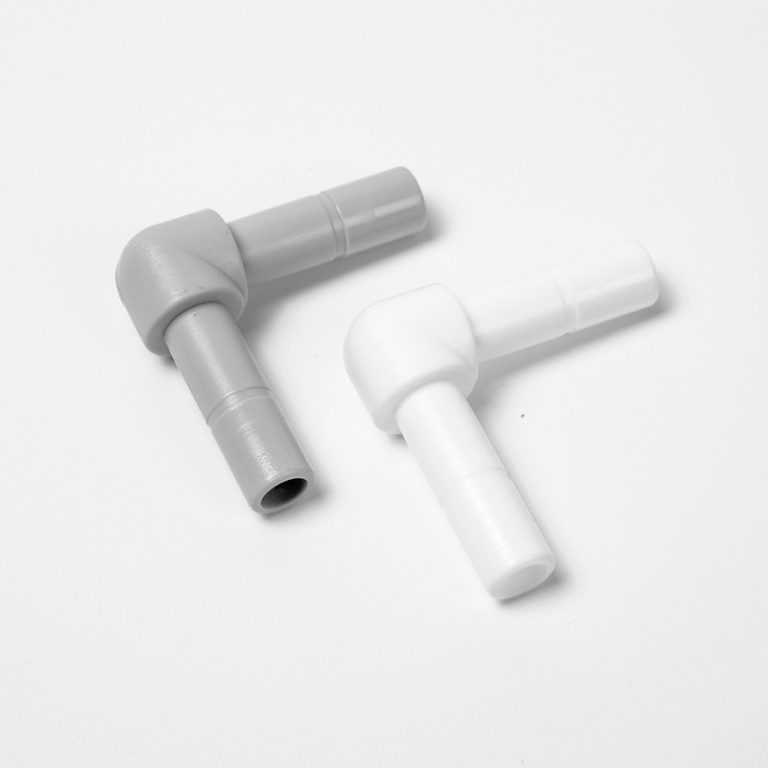Table of Contents
Exploring the Benefits of press fit Design for Manufacturing
Press fit design is a popular manufacturing technique that offers a range of benefits for businesses. This method of assembly involves two components that are designed to fit together without the need for fasteners, such as screws or bolts. Instead, the parts are held together by friction, which is created when the components are pressed together.
Press fit design offers a number of advantages for manufacturers. Firstly, it is a cost-effective solution, as it eliminates the need for additional fasteners and the associated costs. This method of assembly also reduces the amount of time required for assembly, as the components can be quickly and easily pressed together. Furthermore, press fit design is a reliable and secure method of assembly, as the components are held together firmly and securely.
Press fit design also offers a range of other benefits. It is a versatile solution, as it can be used to assemble a wide range of components. Additionally, it is a durable solution, as the components are held together securely and are less likely to become loose or detached. Furthermore, press fit design is a clean and efficient solution, as it eliminates the need for adhesives or other materials that can create mess and waste.
Overall, press fit design is an effective and efficient manufacturing technique that offers a range of benefits for businesses. It is a cost-effective solution that reduces assembly time and provides a secure and reliable method of assembly. Additionally, it is a versatile, durable, and clean solution that can be used to assemble a wide range of components.
Understanding the Challenges of Press Fit Design for Assembly
Press fit design is a common method used in the assembly of components. It involves the use of two components that are designed to fit together without the need for fasteners or adhesives. This type of design is often used in applications where a secure connection is needed, but where the components must be able to be disassembled.
https://chimaytech.net/wp-content/uploads/2023/11/1832-B.jpg
Despite its advantages, press fit design can be challenging to implement. The components must be designed to fit together precisely, with the correct amount of interference between them. If the fit is too loose, the connection will not be secure. If the fit is too tight, the components may be difficult to assemble or disassemble.
The design of the components must also take into account the effects of temperature and humidity. As the temperature and humidity change, the components may expand or contract, which can affect the fit. This can be especially problematic in applications where the components are exposed to extreme temperatures or humidity levels.
The materials used for the components must also be carefully chosen. The materials must be strong enough to withstand the forces of assembly and disassembly, while also being able to tolerate the effects of temperature and humidity.
Finally, the assembly process must be carefully controlled. The components must be aligned correctly and the force used to press them together must be consistent. If the force is too low, the connection may not be secure. If the force is too high, the components may be damaged.
| Brand | Chimay Itiger |
| Certification | NSF |
| Material | POM |
| Color | Grey/White |
Press fit design can be a useful tool for assembly, but it requires careful consideration of the design, materials, and assembly process. By understanding the challenges of press fit design, engineers can ensure that their components are securely connected and easy to assemble and disassemble.







